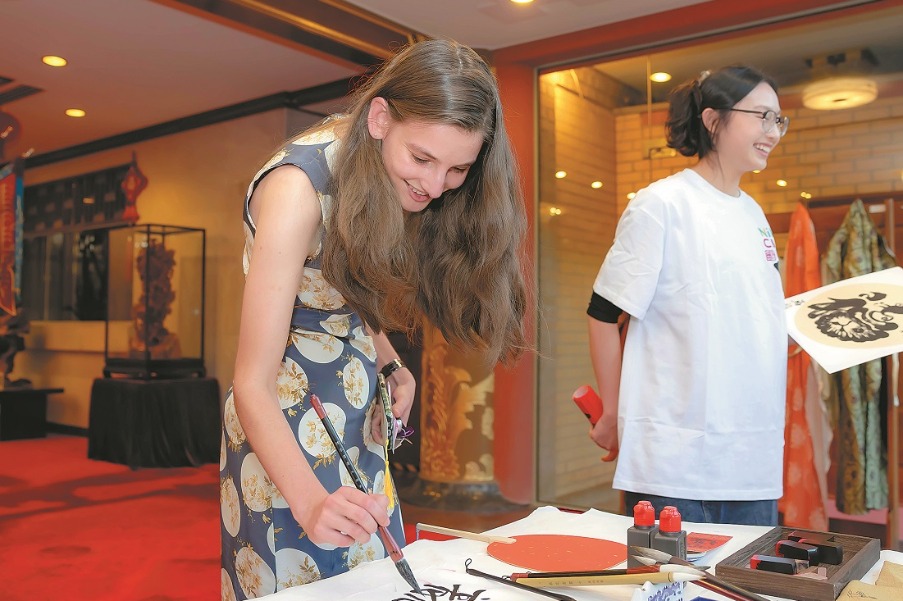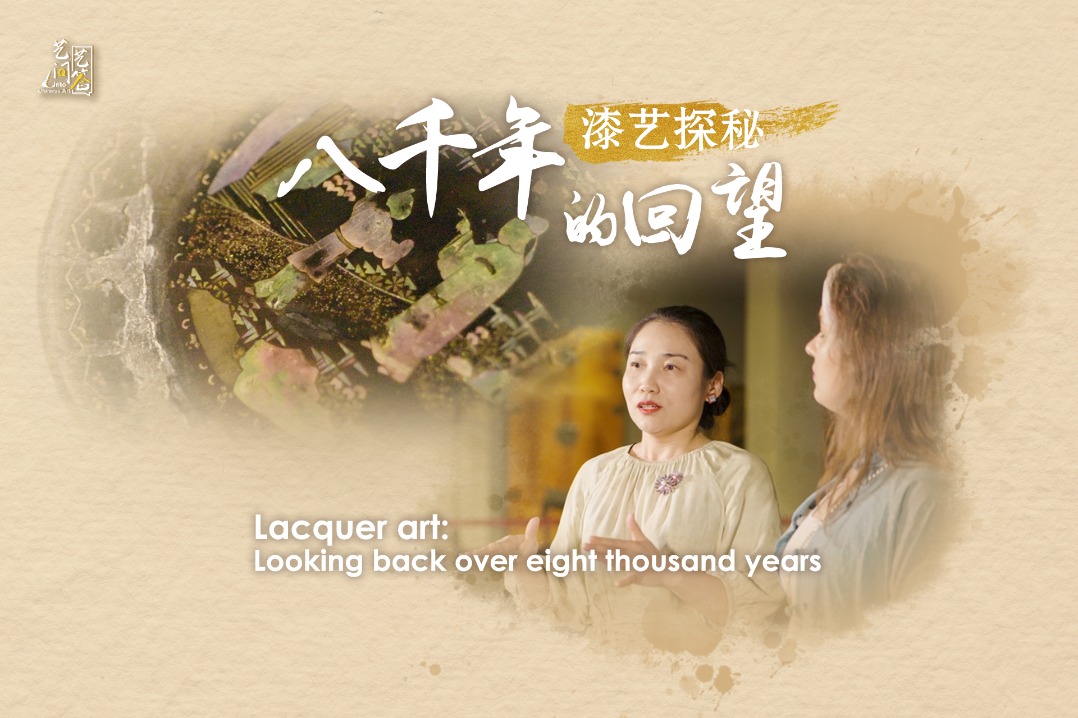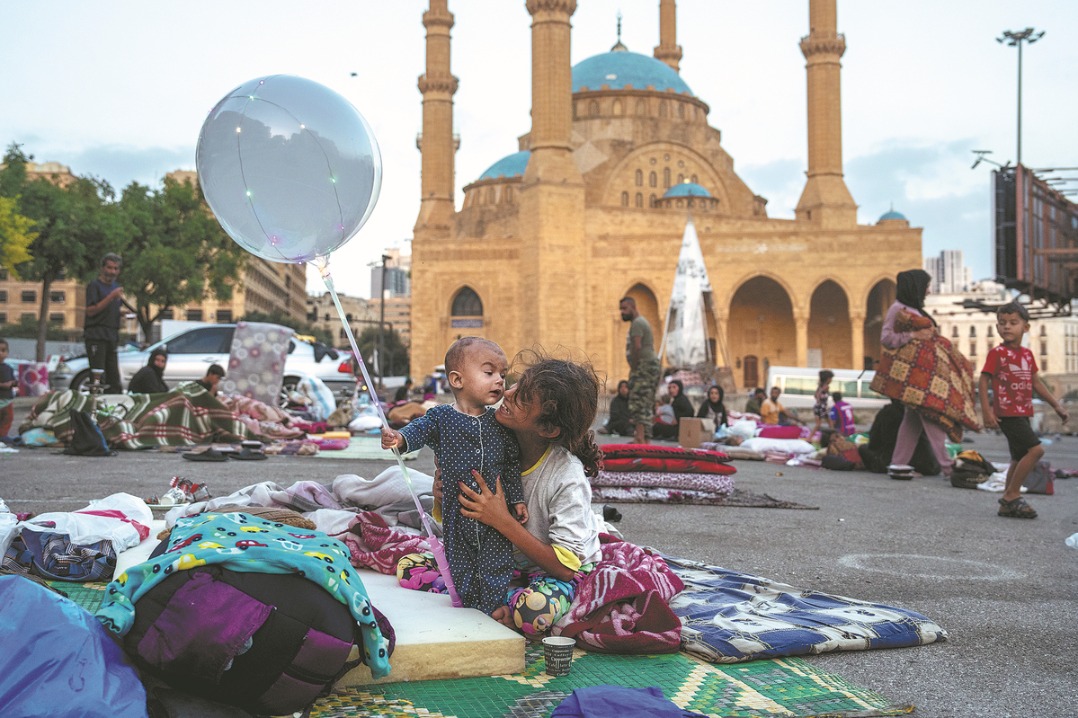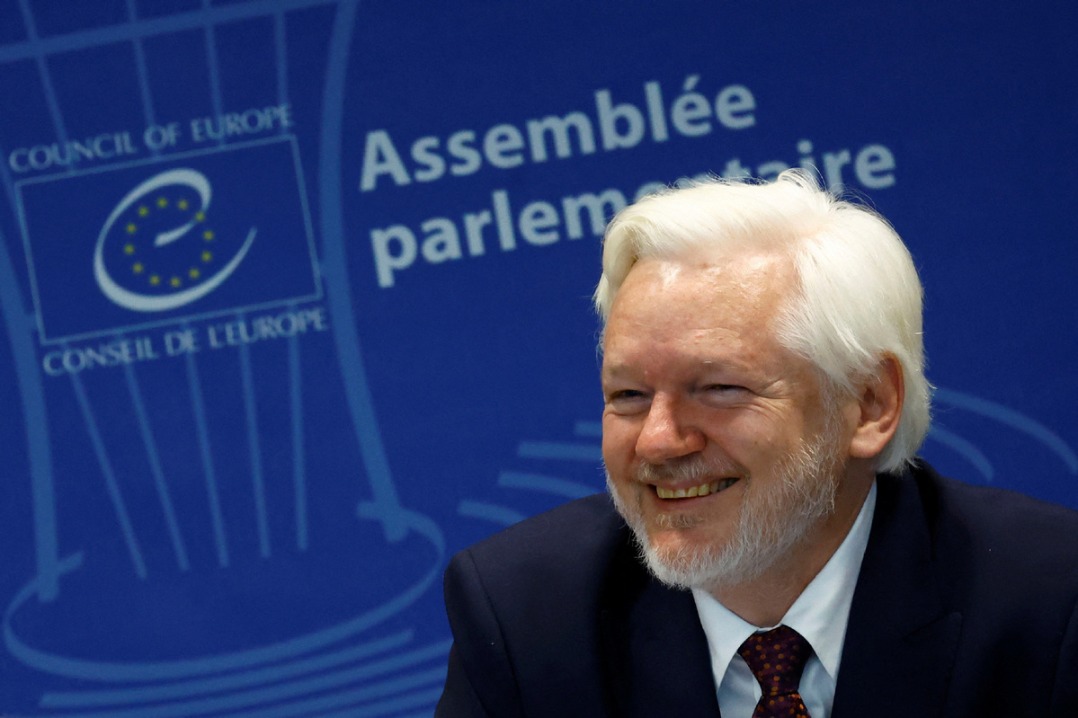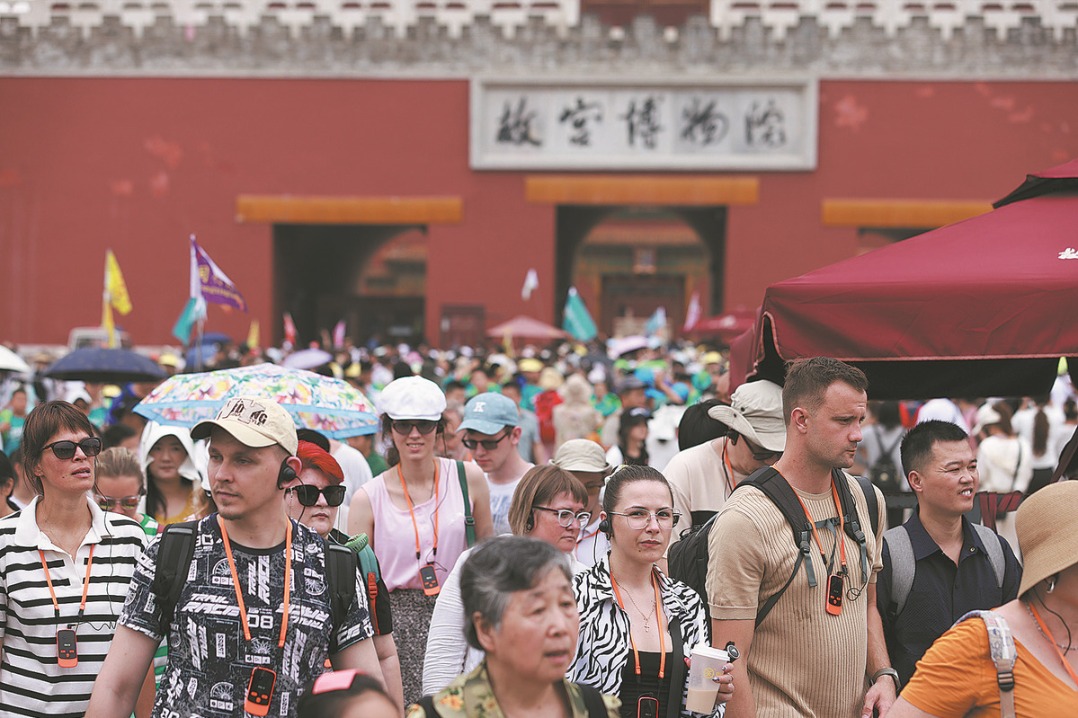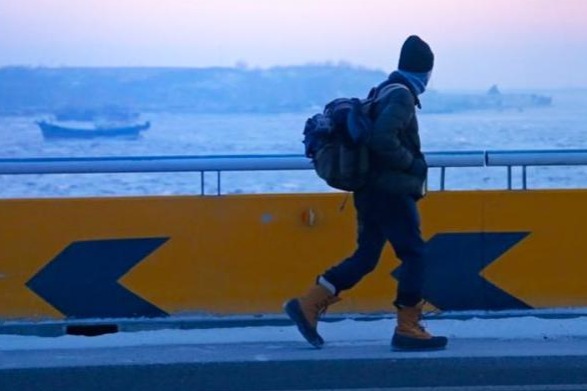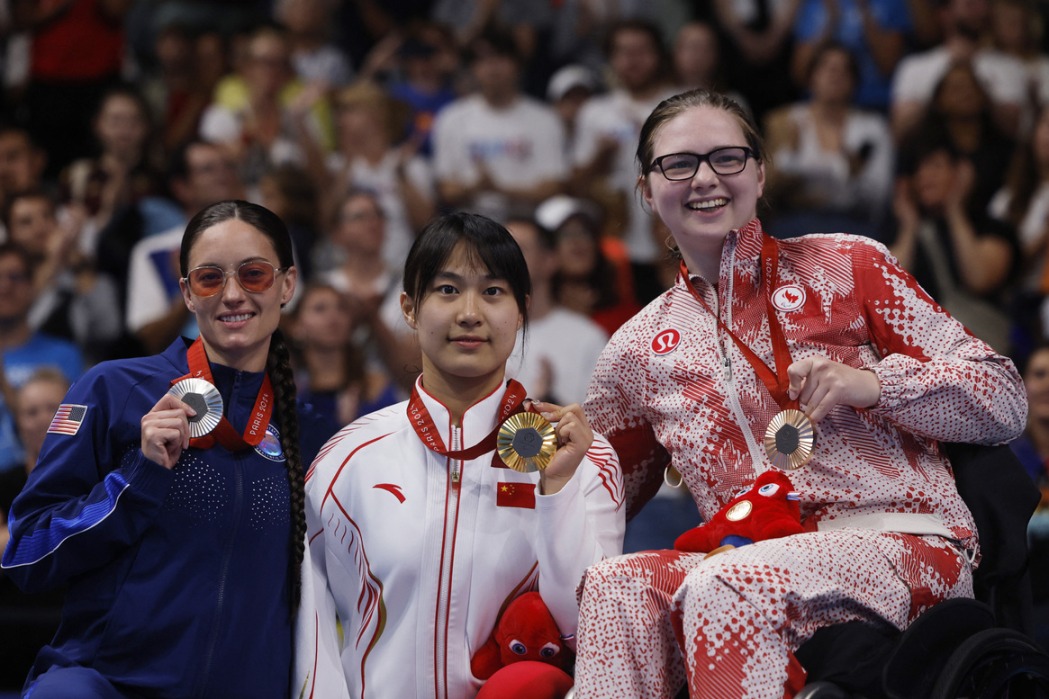Nation's tribute to grand patriot
By Yang Han | China Daily | Updated: 2023-01-21 16:37

Museum in home of late president recalls country's founding father.
For anyone curious about Bangladesh, visiting its museums can be an enjoyable way of learning about the country's history and cultural heritage, especially coupled with history books.
Bangabandhu Memorial Museum, also known as Bangabandhu Bhaban, is a three-story museum in the heart of Dhaka, the capital. It was established to preserve the memories of what was the private residence of Bangladesh's founding father and president Sheikh Mujibur Rahman, widely known as Bangabandhu, a term meaning friend of Bengal.
"Even after our liberation war in 1971, he still lived here and never went to any government house," said Kazi Afrin Jahan, assistant curator of the museum. Bangabandhu used his home as a base of operations to lead the government, he said.
Bangabandhu lived in the residence from 1961 until he was assassinated early on Aug 15, 1975, Jahan said, when a group of Bangladesh army officers invaded the house and killed Bangabandhu and members of his family.
The family's only two survivors were Bangabandhu's eldest daughter Sheikh Hasina, Bangladesh's current prime minister, who took office in 2009, and her sister Sheikh Rehana. They lived in West Germany at the time.
After the murder, the house was sealed and remained under military authority until June 10, 1981. None of Bangabandhu's relatives was allowed to enter the house. It was not until June 12, 1981, that the house was handed over to the surviving relatives.
After the handover, Hasina found her father's diaries in the house, and these were later published in the form of memoirs.
The house was turned into a museum in 1994 under the name Father of the Nation Bangabandhu Sheikh Mujibur Rahman Memorial Museum, also known as the Bangabandhu Memorial Museum.
Entering the house, visitors will immediately see portraits of the Sheikh family, including those killed in Bangabandhu's house, hanging along the corridor.
Visitors can also inspect the meeting room, dining room, personal library and office room of the house.
An effort has been made to keep the house the way it was on the day of the massacre to better allow visitors to see how the leader and his family lived and to understand what happened during the murders, said Md Bachchu, a guide at the museum.
For example, on the house's main staircase, where Bangabandhu was shot dead, red petals remind people of that night. These stairs still bear blood stains, with bullet holes on the wall, all covered with glass.
To Bangladeshis, Bangabandhu has been an icon, and his pictures are ubiquitous in public places.
Globally he is also an important figure. His quote "friendship to all,malice towards none", which is also the foreign policy dictum of the country, was incorporated in the United Nations General Assembly resolution titled International Year of Dialogue as a Guarantee of Peace,2023, the country's Foreign Ministry said last month.
Next, it is important to travel to Tungipara, part of Gopalganj district. It is the birthplace of Bangabandhu and is where his body lies.
Each year millions of people, no matter how far away they live, visit the Mausoleum of Bangabandhu Sheikh Mujibur Rahman in Tungipara and pay tribute to the Father of the Nation on Aug 15.
The mausoleum is about 180 kilometers from Dhaka. Anyone traveling by road can take the chance to see the grand 9.8-km Padma Bridge,opened to traffic in June. It is the country's largest road-cum-rail bridge, and crosses the Padma, the country's longest river.
The bridge was built by China Railway Major Bridge Engineering Group. The 172-km Padma Bridge Rail Link is now being built by China Railway Group.






